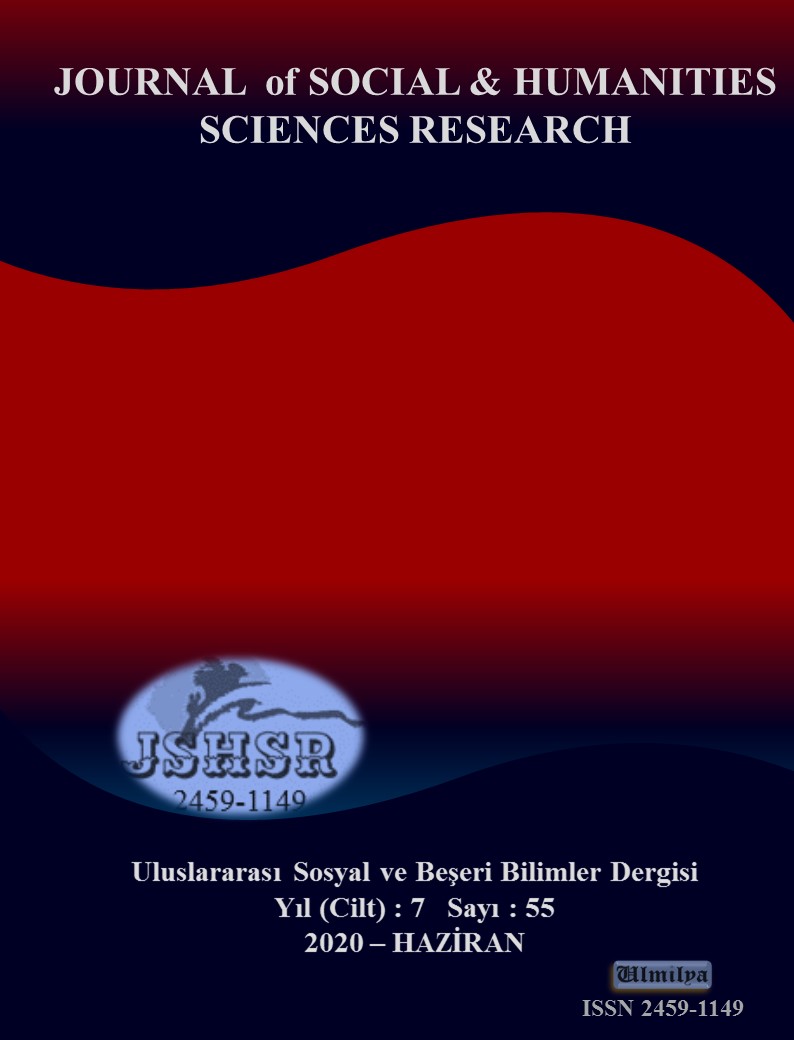HATADAN DOĞAN GLİTCH SANATI VE ÇAĞDAŞ SERAMİK SANATINDA BİR UYGULAYICI CHAD WYS
DOI:
https://doi.org/10.26450/jshsr.1932Anahtar Kelimeler:
Glitch Sanatı, Seramik, Yapıbozum, Hata, Chad WysÖzet
“Glitch sözcüğü kayma, hata, kırılma ve bozukluk anlamlarına gelmektedir… Glitch sanatı olağanca devrimci bir girişimle
teknolojinin mükemmelliğine dair söylemi öteleyip insan yapımının önemini ve hatanın estetiğini ortaya koymaktadır.” (Akıl,
2014).
21. yüzyılda internetin yaygınlaşması ve sosyal medya araçlarının gelişimiyle hemen hemen herkesin sahip olduğu dijital ifade
yöntemleri ile sanal bir dünya oluşturulmuştur. Bu sanal dünyada sanal kimlikler etrafında dönmektedir. Böylesi dijital dünya
içerisinde bu sanat akımının çıkması tesadüf değildir.
Sanatı bir ifade biçimi olarak ele alan kişiler dürtü olarak sorgulamalar yaparlar. Bu dürtü ile sanatlarını ortaya koyan sanatçılar
için değişim ve dönüşüm kaçınılmazdır. Glitch sanatının tanımı; aslında yazılım dillerinde yapılan bir yazım yanlışının
neticesinde ortaya çıkan bozulmanın ekrana yansıması olarak yapılabilmektedir. Bu bozulmanın yapısı ele alınıp incelendiği
zaman, glitchin bir kompozisyonun içine estetik ve yıkıcı bir anlatı eklediği söylenebilmektedir. Bu ifade ile birlikte glitch
sanatı, estetik ve doğru gelen her tür yapının yeniden düzenlenerek ele alınması olarak tanımlanmaktadır. İçerdiği yıkıcı tavırla
bu sorgulamaları gerçekleştirirken kendinden öncesini bozup yeniden ortaya çıkartmaktadır. Günümüzde, eserlerinde yapıyı
bozarak yepyeni anlam üreten bir çok sanatçı bulunmaktadır. Bu sanatçılardan biri olan Chad Wys’in glitch sanatını kullanarak
ortaya çıkarttığı eserler üzerinden konu irdelenmektedir.
İndir
Yayınlanmış
Nasıl Atıf Yapılır
Sayı
Bölüm
Lisans
Telif Hakkı (c) 2020 International JOURNAL OF SOCIAL HUMANITIES SCIENCES RESEARCH

Bu çalışma Creative Commons Attribution 4.0 International License ile lisanslanmıştır.


